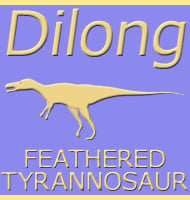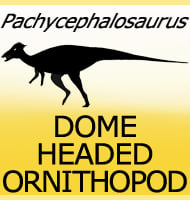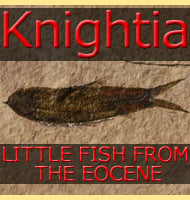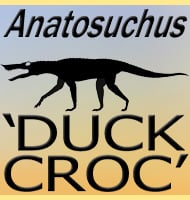In Depth
Notocolossus seems to be yet another genus of giant titanosaurian sauropod dinosaur from South America, a continent that is now famous for the presence of such dinosaurs. The full length of Notocolossus is still speculative, but with an upper arm bone measuring 1.76 meters in length, it is fairly safe to say that Notocolossus would have been easily about the twenty-five meter long mark. This could be just as well as South America at this time is known to have also had very large predators such as carcharodontid theropod dinosaurs such as Giganotosaurus and Mapusaurus roaming about at this time as well.
In the initial 2016 description of the genus, Notocolossus was treated as a sister species to Dreadnoughtus which was named in 2014.
Further Reading
- A gigantic new dinosaur from Argentina and the evolution of the sauropod hind foot. - Scientific Reports 6:19165:1-15. - B. J. Gonz�lez Riga, M. C. Lamanna, L. D. Ortiz David, J. O. Calvo & J. P. Coria - 2016.










